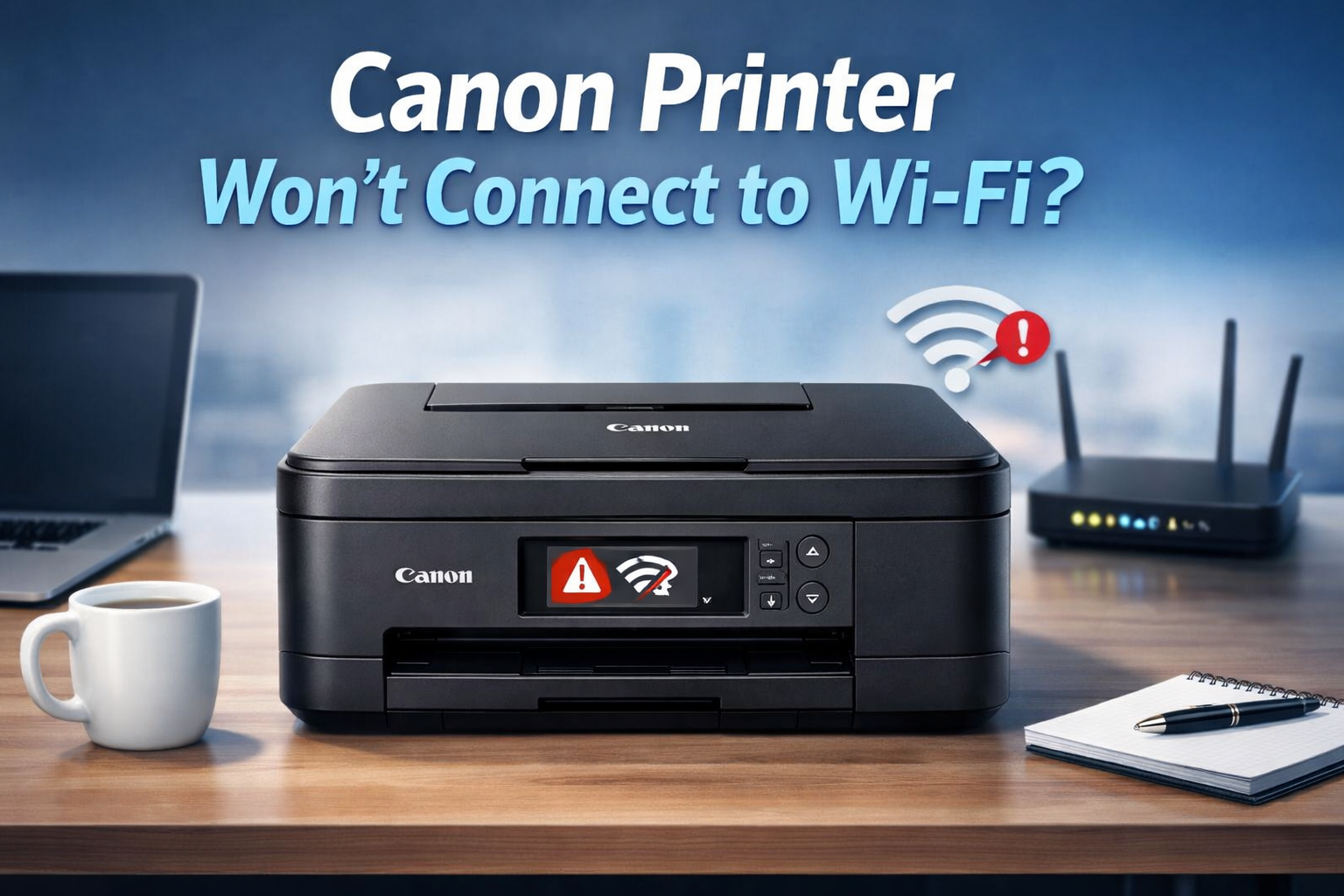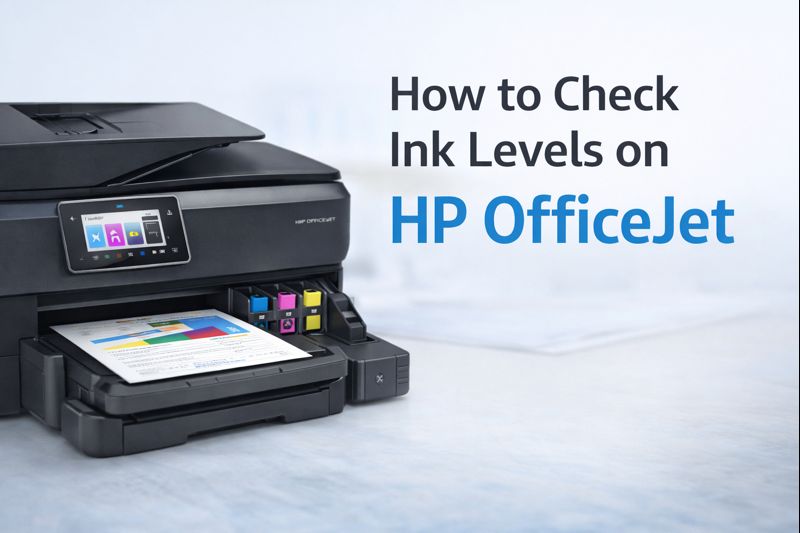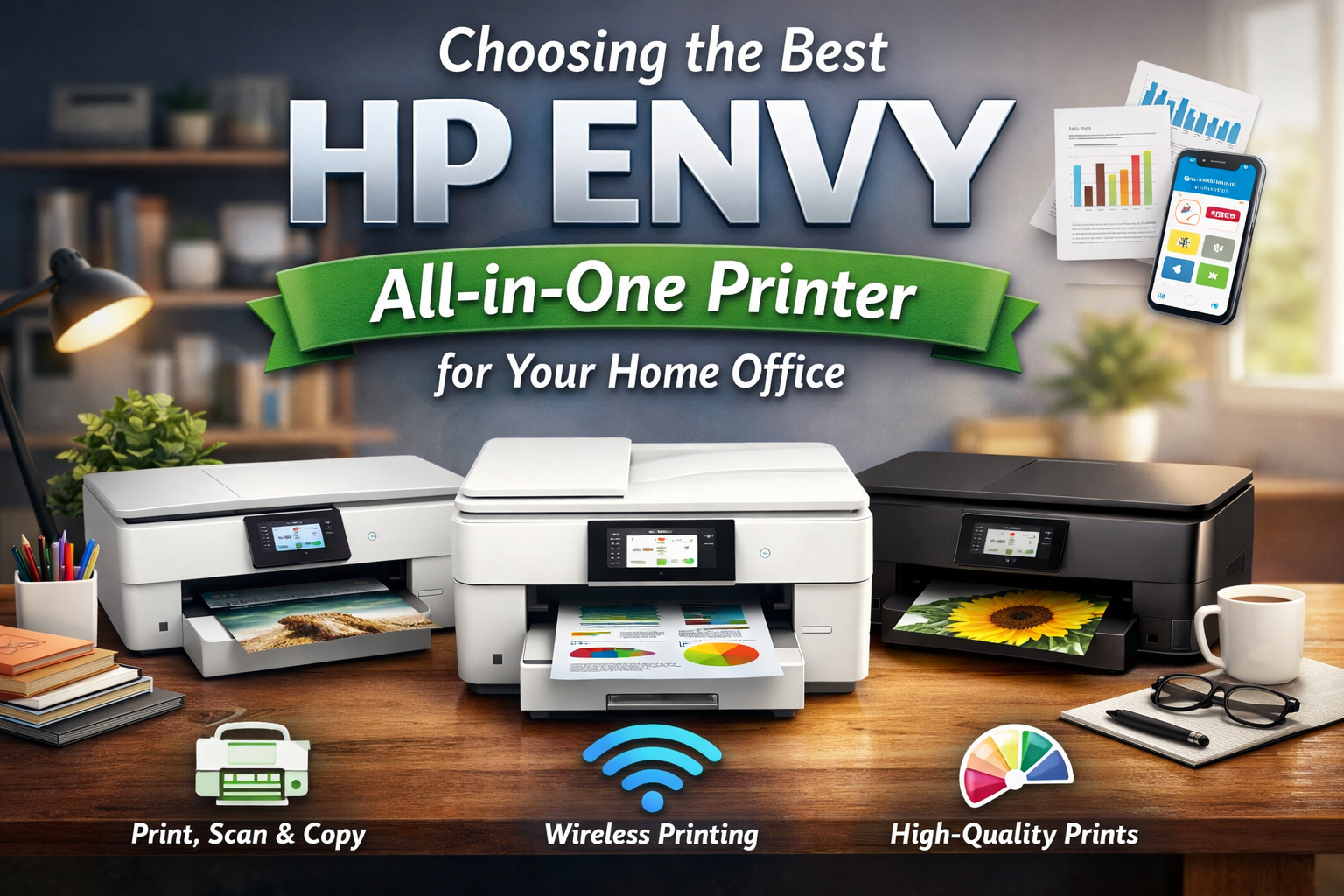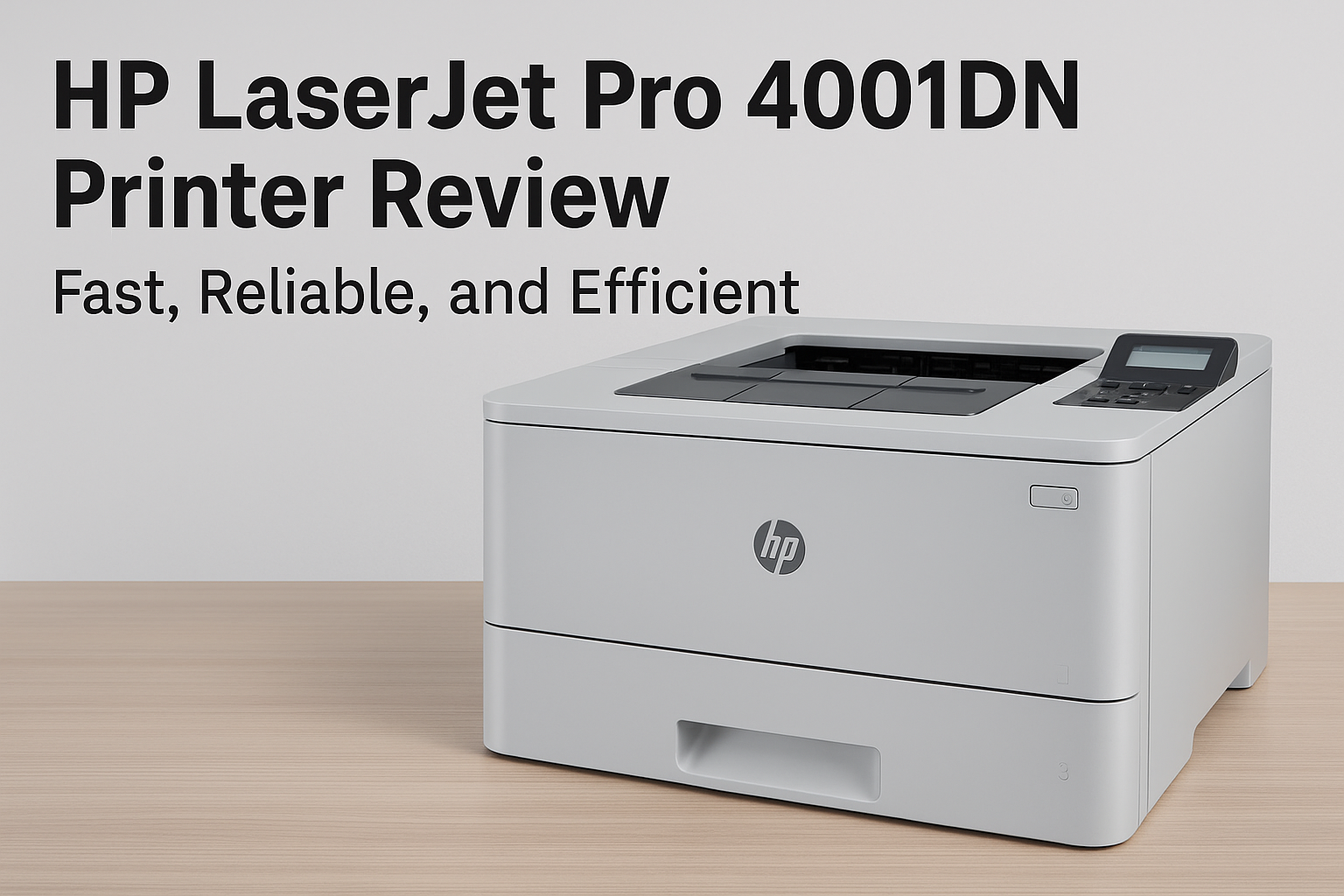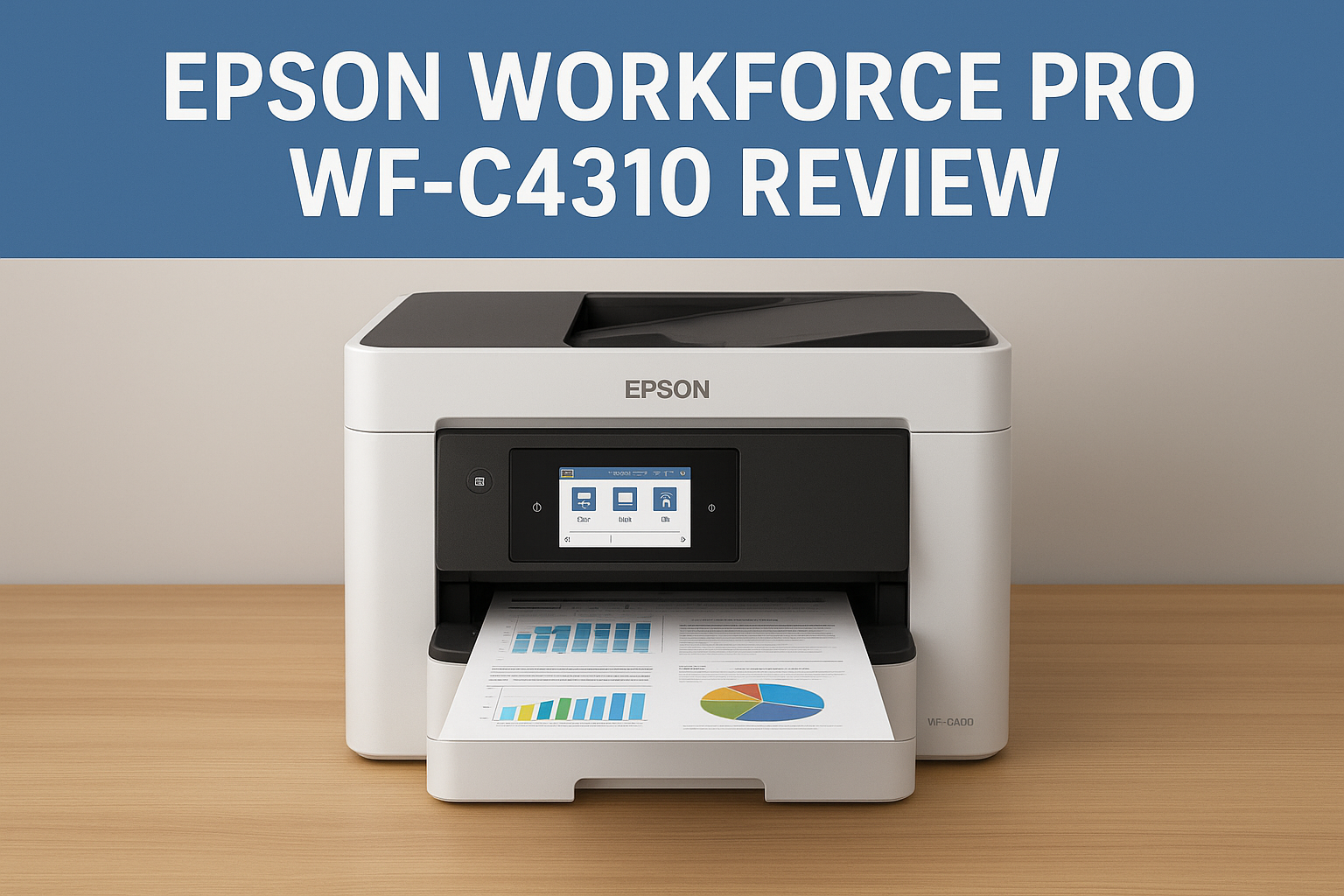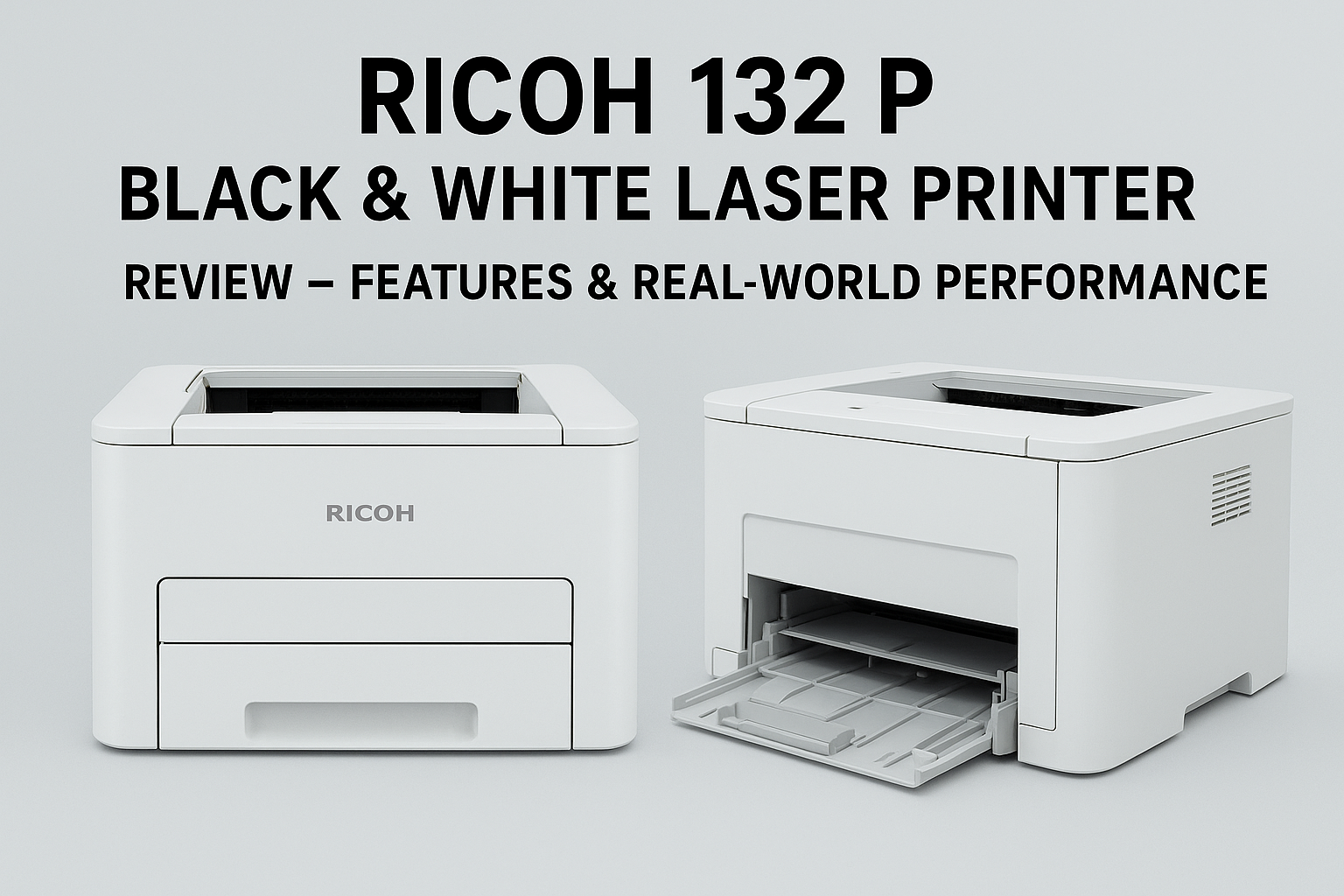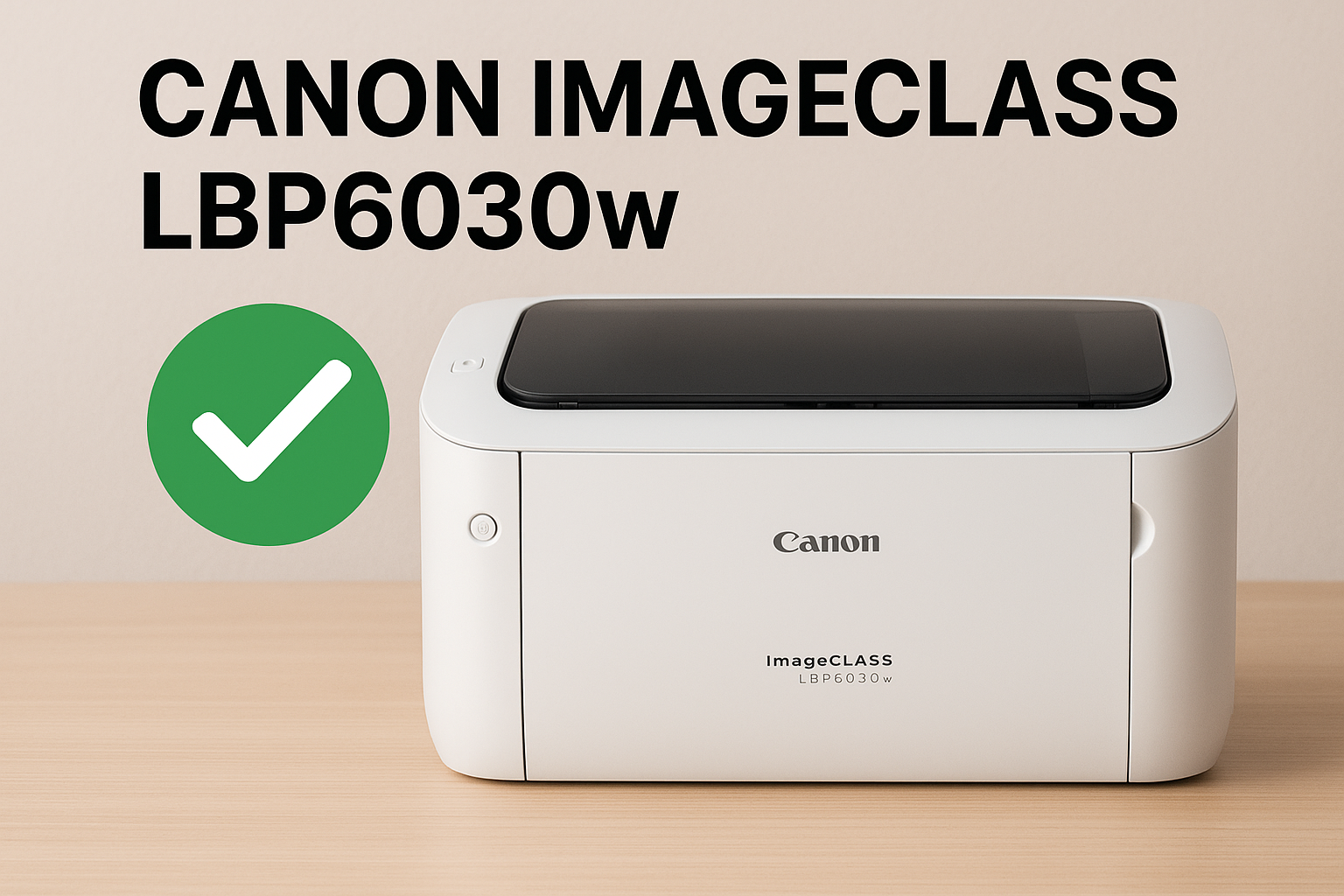How to Choose the Best Scanner for Your Office

Choosing the best scanner for your office can feel overwhelming. There are many options, features, and price ranges to think about. Whether you’re running a small business or managing a large team, having the right office scanner is essential. This guide will help you understand what to look for and how to find the best scanner for your office.
Why You Need a Scanner in Your Office
An office scanner is a helpful tool. It saves time, reduces paper clutter, and helps keep your documents safe. Many businesses are going paperless. A good scanner can help you store your files digitally and make your work more organized.
You can scan contracts, invoices, IDs, receipts, and much more. With digital files, you can find what you need faster and share documents easily. This improves team productivity.
Types of Office Scanners
Before buying a scanner, it’s important to understand the different types available. Each one is designed for different needs.
1. Flatbed Scanners
Flatbed scanners are common in offices. They look like a copier, where you lift the lid and place the document on a glass surface. These are perfect for scanning books, IDs, or fragile documents.
Best for: High-quality image scanning, thick or delicate documents.
2. Sheet-fed Scanners
Sheet-fed scanners are fast. You feed the documents into a tray, and the scanner pulls them through automatically. They are ideal for scanning many pages at once.
Best for: High-volume document scanning, speed.
3. Portable Scanners
Portable scanners are small and easy to carry. They’re great for employees who travel or work remotely.
Best for: On-the-go scanning, limited desk space.
4. All-in-One Printers with Scanners
These are printers that also scan, copy, and fax. They save space and are cost-effective.
Best for: Small offices with limited space and multiple needs.
Important Features to Consider
When choosing the best scanner for your office, pay attention to the following features.
1. Scan Speed
Speed matters, especially if your office scans a lot of documents. Measured in pages per minute (PPM), faster scanners save time. A scanner with at least 20–30 PPM is good for medium use. For heavy-duty scanning, look for 50+ PPM.
2. Resolution (DPI)
DPI stands for dots per inch. It affects the scan quality. For most office documents, 300 DPI is enough. If you scan photos or images, choose a scanner with 600 DPI or higher.
3. Duplex Scanning
Duplex scanners scan both sides of a page in one go. This feature saves time and effort. It’s especially useful for double-sided documents.
4. Connectivity
Today’s scanners come with multiple connection options. USB is standard, but many scanners also offer Wi-Fi or Ethernet. Wireless scanners are great for teams that need to share devices.
5. Document Size and Type
Make sure the scanner can handle the types of documents you scan. Some scanners work only with standard letter or A4 sizes. Others support legal size, business cards, or even passports.
6. Automatic Document Feeder (ADF)
An ADF lets you load multiple pages into the scanner at once. This is useful for batch scanning. Look for ADFs with at least 20–50 sheet capacity for office use.
How to Choose the Best Scanner for Your Office Needs
Here’s how to narrow down your choices and pick the best scanner for your office.
1. Know Your Scanning Needs
Ask yourself:
- How many pages do we scan per day?
- What type of documents do we scan?
- Do we need high-quality image scans?
Knowing your daily workflow helps you choose the right type of scanner.
2. Set a Budget
Office scanners range from $100 to over $1,000. More features mean a higher price. Balance your needs with your budget. It’s better to invest in a quality scanner that lasts.
3. Check Compatibility
Make sure the scanner works with your operating system (Windows, macOS, etc.) and office software. Some scanners include apps for cloud storage like Google Drive or Dropbox.
4. Read Reviews
Customer reviews and expert opinions can guide your decision. Look for scanners with positive feedback, good warranties, and customer support.
Top Brands Offering Office Scanners
While choosing the best scanner for your office, brand reputation matters. Some trusted brands include:
Brother – Known for fast and reliable scanners.
Fujitsu – Popular for heavy-duty, high-volume scanning.
Canon – Offers a wide range of scanners from basic to advanced.
Epson – Great for photo and high-resolution scans.
HP – Known for all-in-one solutions with smart features.
Top Brands Offering Office Scanners
Features
The Canon P208II is a compact, mobile scanner designed for professionals on the move. It offers double-sided scanning, has a 10-sheet automatic document feeder, and connects through a single USB cable. It supports many document types including receipts, ID cards, and business cards.
Pros
- Very small and lightweight
- Can scan both sides of a page at once
- Powered by USB, no extra power cable needed
- Simple to use and great for travel
- Supports cloud scanning
Cons
- Slower than larger office scanners
- Limited feeder capacity
- Not ideal for large-volume scanning
Why Buy
This scanner is perfect if you need something small and portable. It is great for students, remote workers, or anyone who travels often and needs to scan documents on the go.
DS687 Duplex A6 ID Card Scanner
Features
The DS687 is designed specifically to scan ID cards quickly and clearly. It handles A6-sized documents and scans both sides in under two seconds. It connects with a single USB cable and fits well in small spaces like reception desks or service counters.
Pros
- Scans ID cards very quickly
- Compact and easy to place on a desk
- USB powered
- Reliable for business or medical front desks
- Works with many software programs
Cons
- Only works with A6-sized or smaller documents
- Cannot scan full-sized paper
- Does not have an automatic feeder
Why Buy
This scanner is best for environments that need to scan a lot of ID cards, such as hospitals, banks, or front offices. It is fast, simple, and built for this specific job.
TravelScan Pro Document Scanner
Features
The TravelScan Pro is a lightweight, USB-powered scanner made for travel and mobile work. It supports documents, receipts, and ID cards. It works with both Windows and Mac and has up to 600 dpi resolution for clear images.
Pros
- Portable and light
- Easy to set up and use
- Works with various document types
- Affordable for its features
- No external power needed
Cons
- No automatic document feeder
- Slower scanning speed
- Does not support wireless connection
Why Buy
If you travel often and need a budget-friendly scanner for light scanning tasks, this is a good choice. It is simple, durable, and easy to carry.
Canon imageFORMULA P215II Mobile Document Scanner
Features
The Canon imageFORMULA P215II is a powerful mobile scanner that can scan up to 15 pages per minute. It includes a 20-sheet automatic document feeder and supports ID cards, business cards, and legal-sized documents. It connects through USB and supports cloud and mobile scanning.
Pros
- Fast scanning speed for a portable model
- Has an automatic document feeder
- Built-in card reader
- Supports plug-and-play scanning
- Compatible with computers and mobile apps
Cons
- A little heavier than smaller models
- More expensive than basic scanners
- Not suitable for heavy-duty office use
hy Buy
This scanner is a great option for professionals who need speed and performance in a compact form. It is perfect for mobile workers who scan documents daily and want cloud support and flexible features.
Benefits of Having the Best Scanner for Your Office
Investing in the right scanner brings many benefits:
1. Better Organization
Digital files are easier to store and find. No more lost papers or messy desks.
2. Faster Workflows
With a fast scanner, you can digitize documents in seconds. This means less time waiting and more time working.
3. Improved Security
Scanned documents can be stored in secure cloud systems. You can add passwords or restrict access to sensitive files.
4. Easy Sharing
Digital documents can be shared with coworkers or clients in an instant. No need to print or mail.
5. Eco-Friendly
Going paperless helps the environment. Less printing means saving trees and energy.
Mistakes to Avoid When Buying a Scanner
Many buyers make common mistakes when choosing a scanner. Avoid these:
1. Ignoring Scan Volume
Buying a low-speed scanner for high-volume work will slow your office down.
2. Choosing Based on Price Alone
Cheap scanners may break easily or not meet your needs. Always check the features and reviews.
3. Not Thinking About Support
Buy from a brand that offers good customer support, warranty, and repair services.
How to Set Up Your Office Scanner
Setting up a scanner is easy if you follow a few steps.
- Unbox the Scanner – Place it on a flat surface near a power outlet.
- Install Software – Use the CD or download the software from the brand’s website.
- Connect the Scanner – Plug it in via USB, Wi-Fi, or Ethernet.
- Test a Scan – Try scanning a document to make sure everything works.
- Set File Preferences – Choose your file format (PDF, JPG, etc.) and storage location.
FAQ: Best Office Scanner
Q1. What is the best scanner for small offices?
A: All-in-one printers with scanning features or compact sheet-fed scanners are great for small offices.
Q2. Can I use a scanner without a computer?
A: Yes, some scanners can scan to USB, email, or cloud without needing a PC.
Q3. How often should I clean my scanner?
A: Clean the glass and rollers every few weeks, or more often if used daily.
Q4. What’s the best file format for scanned documents?
A: PDF is best for text documents, and JPG is best for images.
Final Thoughts
Choosing the best scanner for your office is easier when you know what to look for. Think about your document types, volume, and workspace. Whether you need a flatbed, sheet-fed, or all-in-one scanner, the right choice will save you time and improve efficiency. Don’t rush your decision. Compare models, read reviews, and think long-term. A good office scanner is an investment that helps your team work smarter.
